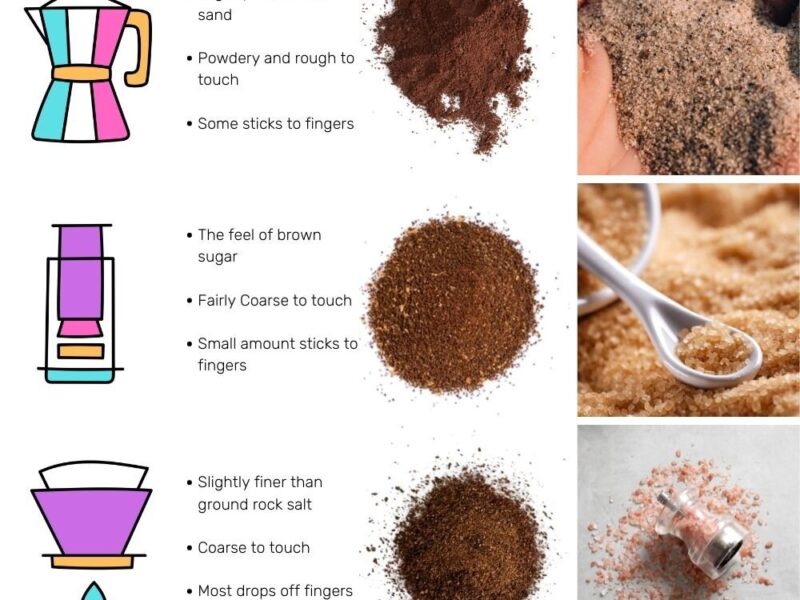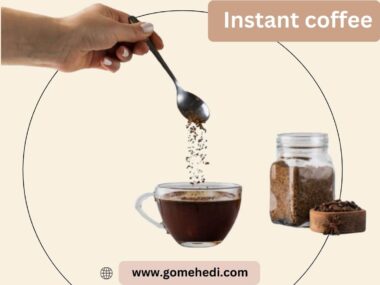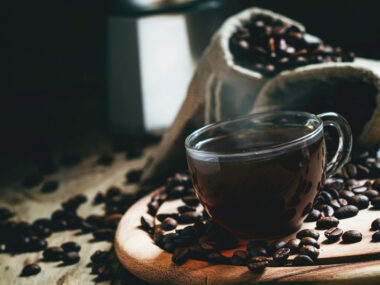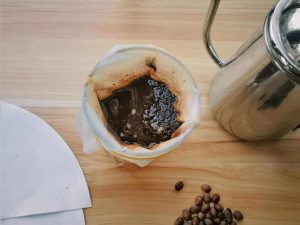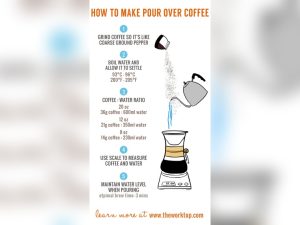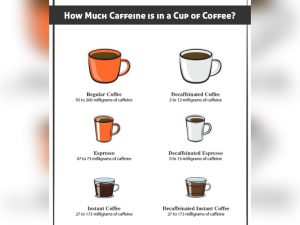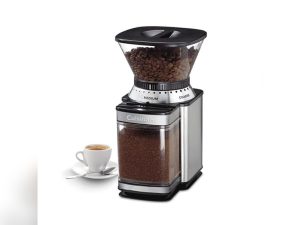If you love the rich, smooth taste of pour over coffee, you already know how important the right grind is. But do you really know what grind coffee works best for your pour over?
Getting this right can change your entire coffee experience — making each cup more flavorful and satisfying. You’ll discover exactly what grind size to use and why it matters, so you can brew the perfect pour over every time. Keep reading, and unlock the secret to coffee that wakes up your senses and keeps you coming back for more.

Credit: goat-story.com
Choosing The Right Grind Size
Choosing the right grind size is key for making great pour over coffee. The grind affects how water flows through the coffee and the taste it creates. Grinding too coarse or too fine changes the flavor and strength of your brew. This guide helps you understand the best grind size for pour over coffee. It explains why grind size matters and compares different options.
Why Grind Size Matters
Grind size controls the speed of water passing through coffee grounds. Too coarse, and water flows too fast. Coffee tastes weak and watery. Too fine, and water moves too slow. Coffee tastes bitter and over-extracted. The right grind size balances extraction and flavor. It brings out the coffee’s best taste and aroma.
Medium To Medium-fine Grind Benefits
Medium to medium-fine grind works best for pour over. This size looks like sand or slightly finer. It allows water to flow just right. Coffee extracts evenly and has a smooth taste. This grind size keeps the brew balanced. It avoids sour or bitter flavors. Many coffee experts recommend this size for pour over.
Comparing Coarse And Fine Grinds
Coarse grind is rough like sea salt. It lets water pass quickly. The coffee tastes weak and under-extracted. Fine grind is like powdered sugar. Water moves slowly through it. Coffee can taste strong but bitter. Medium grind sits between these. It gives a clean, clear cup with good flavor. Choosing the right grind size avoids these extremes.
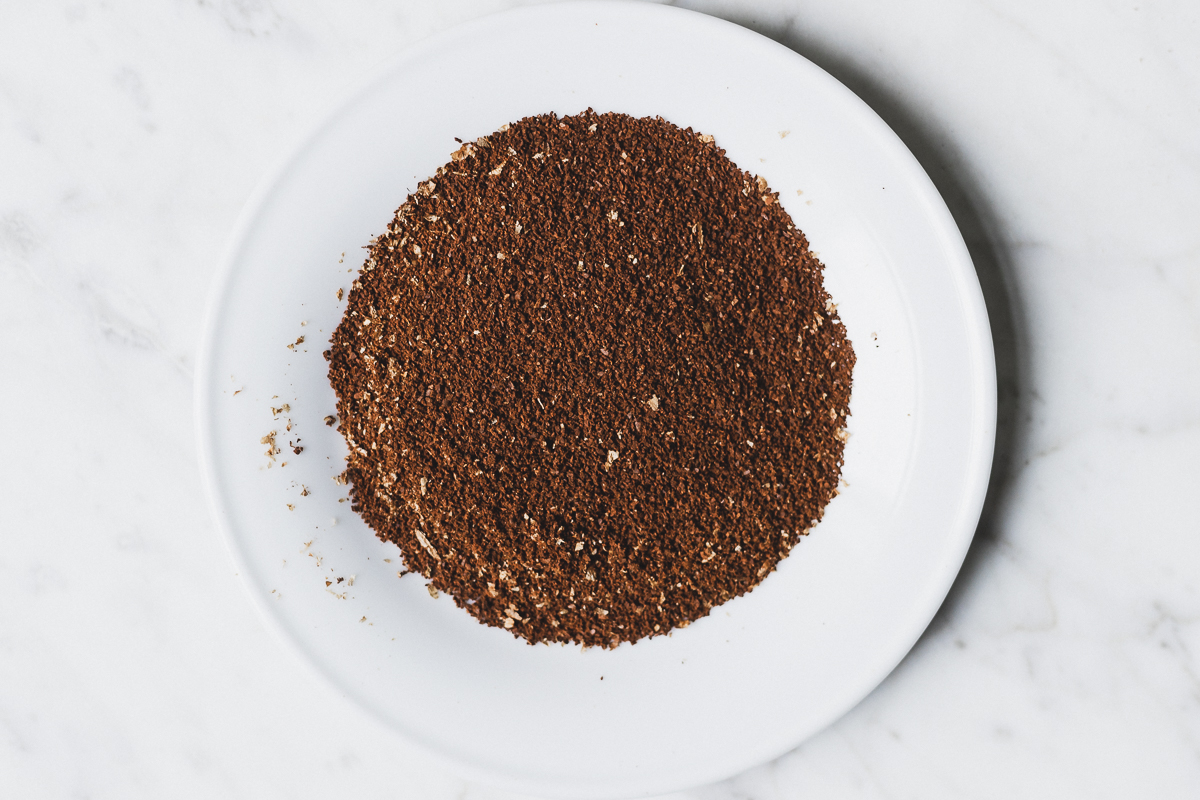
Credit: prima-coffee.com
Impact Of Grind On Extraction
The grind size of coffee beans plays a big role in how your pour over coffee tastes. It controls how quickly water moves through the coffee grounds. This affects how much flavor the water pulls out. The right grind size helps you get the best taste and strength from your coffee.
Choosing the right grind is more than just a step in the process. It shapes the whole extraction. A proper grind balances the time water spends with coffee and the flavors it extracts. Too coarse or too fine can spoil the brew.
How Grind Affects Brew Time
Coarser grinds let water pass quickly. The brew time is shorter. Finer grinds slow water down. The brew time is longer. Too fast means less flavor. Too slow can cause bitterness. You need the right grind for a good brew time.
Balancing Flavor And Strength
Grind size controls how much flavor comes out. Coarse grinds give lighter flavor and weaker strength. Fine grinds create stronger taste but can be bitter. A medium grind often balances flavor and strength well. It helps extract rich coffee without harshness.
Avoiding Over Or Under Extraction
Over-extraction happens with too fine a grind. Coffee tastes bitter and harsh. Under-extraction comes from too coarse a grind. Coffee tastes sour and weak. The right grind size stops these problems. It helps you get smooth, tasty coffee every time.
Grind Consistency And Equipment
Grind consistency plays a big role in pour over coffee. The right grind size and uniformity help water flow evenly through coffee grounds. This affects flavor, strength, and extraction. Choosing the right equipment also impacts the grind quality. Using proper tools helps achieve consistent results every time.
Blade Vs Burr Grinders
Blade grinders chop coffee beans unevenly. This creates mixed particle sizes. Some grounds become too fine, others too coarse. This unevenness can cause bitter or weak coffee.
Burr grinders crush beans between two plates. This produces uniform particles of the same size. Burr grinders allow better control over grind size. They work well for pour over coffee brewing.
Achieving Uniform Particles
Uniform particles improve water flow through coffee grounds. This allows even extraction and balanced flavor. Using a burr grinder helps achieve this uniformity.
Adjust the grind size to a medium-fine setting for pour over. Avoid very coarse or very fine grinds. Test small changes to find the best taste.
Maintenance Tips For Grinders
Keep your grinder clean to maintain grind quality. Coffee oils and residue build up quickly. This can affect flavor and performance.
Use a brush or cloth to clean grinder parts regularly. Avoid water unless the manufacturer says it is safe. Check burrs for wear and replace if needed.

Credit: grosche.ca
Adjusting Grind For Bean Type
Adjusting the grind size for your pour over depends on the type of coffee bean you use. Each bean type has unique qualities that affect how water extracts flavor. Changing the grind size helps balance taste and strength. It also helps avoid sourness or bitterness in your cup.
Light Roast Considerations
Light roast beans are dense and dry. They need a finer grind to extract enough flavor. A finer grind slows water flow, giving more time for extraction. This helps bring out bright, fruity, and floral notes. Avoid grinding too fine, or the coffee can taste bitter.
Dark Roast Adjustments
Dark roast beans are softer and more porous. They extract faster, so a coarser grind works best. Coarser grounds prevent over-extraction and bitterness. This preserves the rich, smoky, and chocolatey flavors. Adjust grind size slightly coarser than for light roasts.
Single Origin Vs Blends
Single origin beans have distinct flavors from one place. Grind size should highlight their unique taste. Fine tuning is key to balance acidity and sweetness. Blends combine beans with different roasts or origins. Use a medium grind to balance all flavors evenly. Experiment with grind size for the best mix.
Practical Tips For Pour Over Grinding
Pour over coffee brewing depends a lot on the grind size and quality. Getting the grind right improves flavor and extraction. Small changes in grinding can change your coffee’s taste and texture. Use these practical tips to grind coffee perfectly for your pour over.
Measuring Grind Size
Use a burr grinder for consistent grind size. A medium-fine grind usually works best for pour over. The grounds should feel like sand, not powder or coarse bits. Test the grind by rubbing it between your fingers. Adjust the grinder in small steps to find the ideal size.
Testing And Tasting
Make test brews with different grind sizes. Taste each cup carefully to notice differences. If the coffee tastes bitter, try a coarser grind. If it tastes sour or weak, make the grind finer. Keep notes on each test to find your preferred grind size.
Storing Ground Coffee Properly
Grind coffee just before brewing for best freshness. Store leftover grounds in an airtight container. Keep the container in a cool, dark place to avoid moisture and heat. Avoid storing ground coffee in the fridge or freezer as it can absorb odors.
Frequently Asked Questions
What Grind Size Is Best For Pour Over Coffee?
A medium to medium-fine grind is ideal for pour over coffee. It allows optimal extraction and balanced flavor. Too coarse results in weak coffee, too fine causes bitterness.
How Does Grind Size Affect Pour Over Taste?
Grind size controls extraction speed. Finer grind extracts faster, creating stronger, bitter flavors. Coarser grind extracts slower, producing weaker, sour notes.
Can I Use Pre-ground Coffee For Pour Over?
Pre-ground coffee can be used but may lose freshness. Grinding just before brewing ensures better flavor and aroma for pour over.
Why Is Consistent Grind Size Important For Pour Over?
Consistent grind size ensures even extraction and balanced taste. Inconsistent grounds cause uneven brewing, resulting in bitter or weak coffee.
Conclusion
Grinding coffee for pour over matters a lot. A medium grind brings out the best flavors. Too fine or too coarse can spoil the taste. Freshly ground coffee always tastes better. Using the right grind helps water flow just right.
This makes your coffee smooth and rich. Try adjusting the grind to match your taste. Small changes can make a big difference. Enjoy the process of finding what suits you. Good coffee starts with good grinding. Simple steps lead to a great cup every time.

